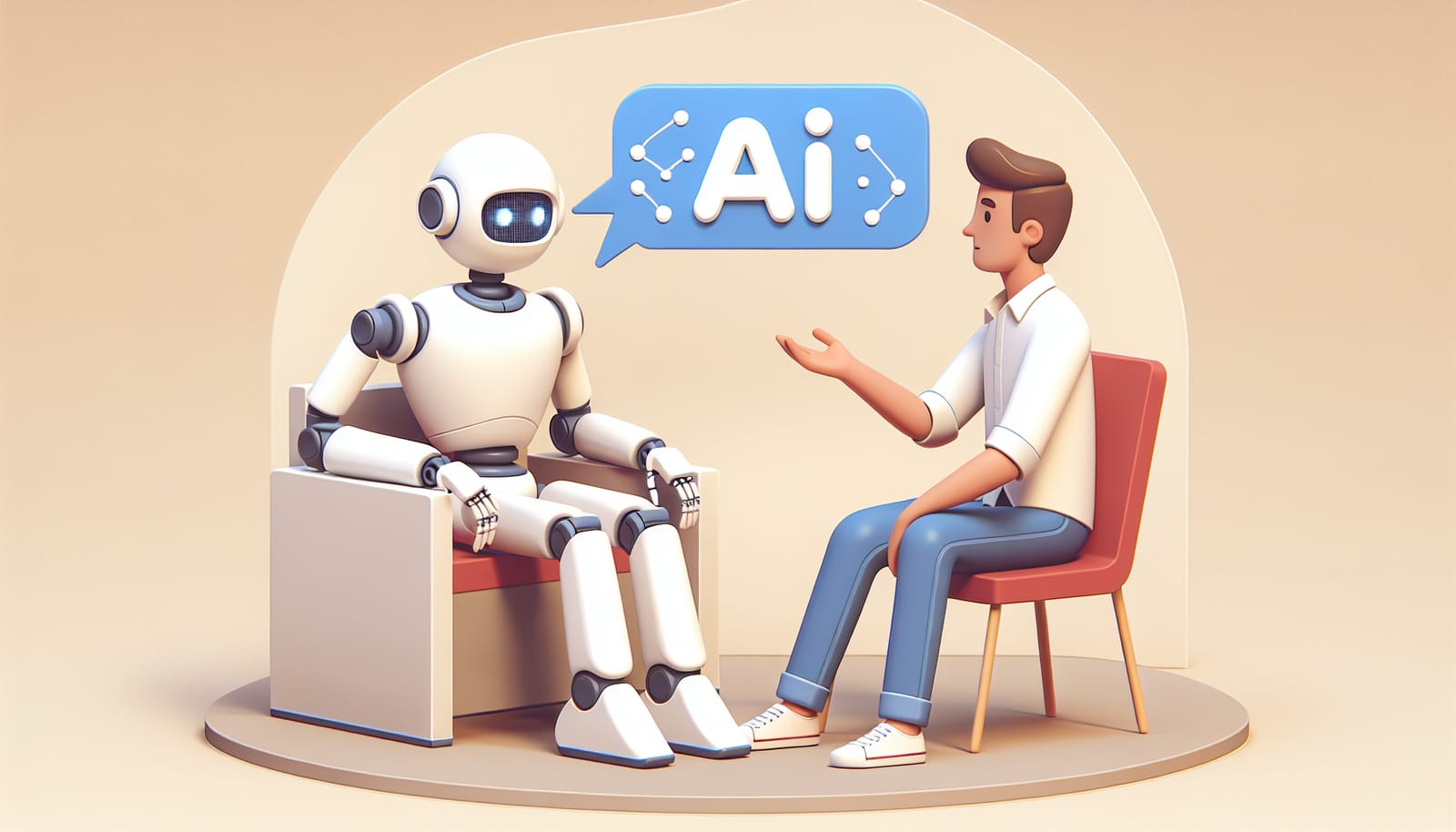Artificial Intelligence (AI) is a term we hear everywhere these days—from smart assistants like Siri and Alexa to recommendation systems on Netflix and Spotify. But how did we get here? How did something that was once confined to research labs become an everyday tool in our homes, schools, and workplaces? Let’s take a journey through time to explore the incredible evolution of AI.
The Early Days of AI
Back in the 1950s and 1960s, AI was just beginning to take shape. Researchers were fascinated by the idea of machines that could think and learn like humans. Early pioneers, like Alan Turing and John McCarthy, laid the groundwork for what we now recognize as AI. They created simple programs that could solve math problems, play chess, and even engage in basic conversation.
However, AI faced many challenges during these early years. The computers of that time were large, slow, and expensive, which limited the kind of experiments researchers could conduct. The technology simply wasn’t ready for the ambitious dreams of these pioneers.
The AI Winter
Despite the initial excitement, progress in AI slowed dramatically during the 1970s and 1980s. This period is often referred to as the "AI Winter." Funding dried up, and researchers faced skepticism about whether machines could ever truly think or learn. Many AI projects were abandoned, and the dream of intelligent machines seemed further away than ever.
However, dedicated researchers continued to work on AI in the background, keeping the flame alive. They focused on developing algorithms and refining the mathematics behind machine learning, which would later become vital in the resurgence of AI.
The Rise of Machine Learning
By the 1990s and early 2000s, the landscape began to change. Advances in computer hardware, increased access to data, and improvements in algorithms led to a revival of AI research. One of the significant breakthroughs during this time was the development of machine learning—an approach that allows computers to learn from data rather than relying solely on human programming.
Machine learning uses algorithms to analyze large datasets and identify patterns. For example, if you show a machine learning model thousands of pictures of cats and dogs, it can learn to recognize the differences and categorize new images accordingly. This ability to learn from experience is what set the stage for AI to move from laboratories to everyday life.
The Age of Deep Learning
In the last decade, we have witnessed the rise of deep learning, a sophisticated subset of machine learning that mimics how our brains work. Deep learning uses neural networks—layers of algorithms that process data in a way that resembles human thought processes. This technique has led to breakthroughs in various applications, from image recognition to natural language processing.
For instance, deep learning has enabled AI programs to translate languages with impressive accuracy, recognize speech, and even create art. With significant computational power and vast amounts of data, deep learning has propelled AI into the mainstream, making it accessible to everyone.
AI in Everyday Life
Today, AI is an integral part of our daily lives. From the moment we wake up to the sound of our smart assistant's voice to the personalized recommendations we receive on our favorite streaming platforms, AI is everywhere. Here are a few ways AI is making our lives easier:
Smart Assistants: Devices like Amazon Echo and Google Home can answer questions, control smart home devices, and even play music—all through voice commands.
Healthcare: AI is being used to analyze medical images, predict patient outcomes, and even assist in surgeries. This technology is helping doctors make more accurate diagnoses and provide better patient care.
Transportation: Companies like Tesla are using AI to develop self-driving cars. These vehicles can learn from their surroundings and make real-time decisions to improve safety and efficiency.
Entertainment: Streaming services analyze your viewing habits to recommend movies and shows you might enjoy, thanks to AI algorithms that learn your preferences.
The Future of AI
As we look to the future, the potential of AI appears limitless. Researchers are exploring new frontiers, such as AI's role in climate change, space exploration, and education. We can expect continued advancements that will further integrate AI into our lives, making it an even more valuable tool.
However, with great power comes great responsibility. As AI becomes more prevalent, it’s essential to address ethical considerations, such as privacy, bias, and job displacement. Society will need to navigate these challenges thoughtfully to ensure that AI benefits everyone.
The journey of AI from research labs to our laptops and homes has been nothing short of remarkable. What was once a distant dream has become a daily reality, transforming how we live, work, and interact with the world. As we embrace this technology, let’s remain curious and engaged, ensuring that we harness the power of AI for good.
The future of AI is bright, and we are all part of this exciting evolution. Whether you're a student, a professional, or simply a curious individual, the world of AI holds endless possibilities waiting to be explored. So, let’s dive in and see what incredible advancements are just around the corner!


